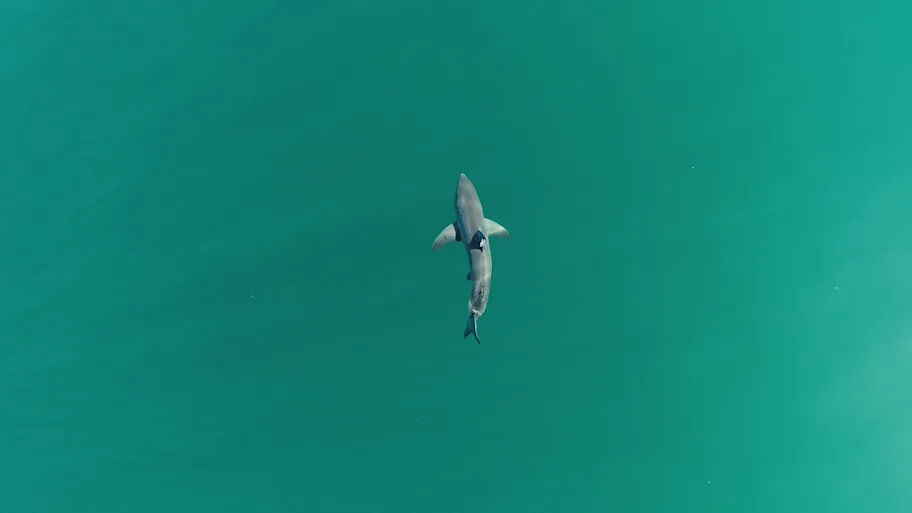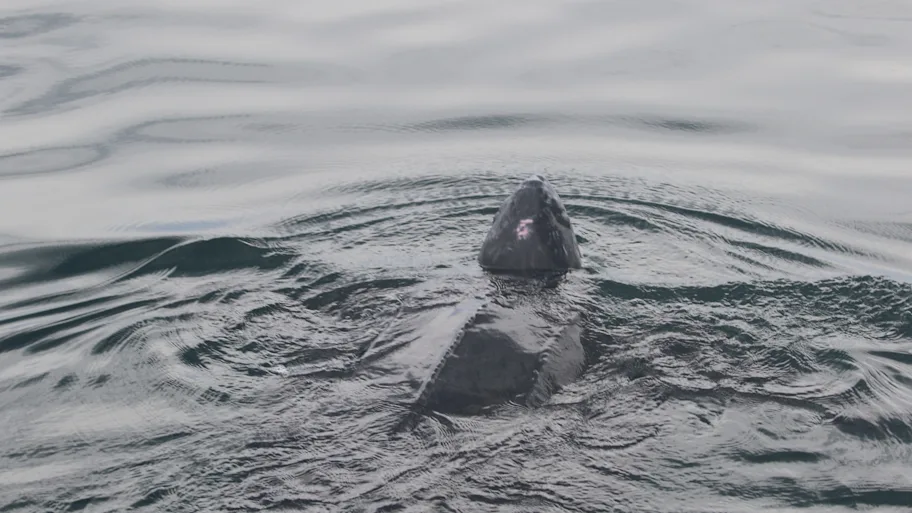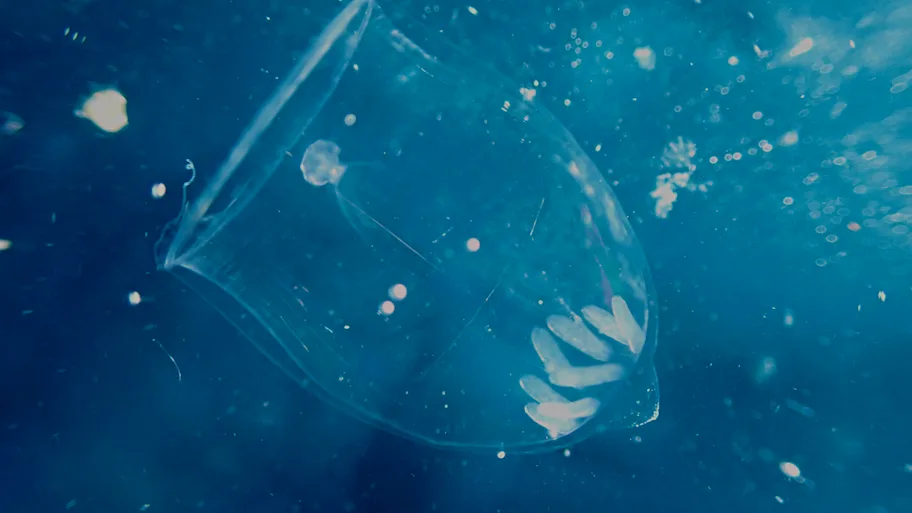
- Science news
- Life sciences
- Sea lion camera crews help researchers explore previously unmapped ocean habitats
Sea lion camera crews help researchers explore previously unmapped ocean habitats

What lies deep beneath ocean surfaces is often a mystery. In Australia, many underwater habitats have not been mapped, and researchers know little about them. Now, scientists are working to change that by employing sea lions as videographers. Using video data captured by sea lions, the researchers identified six benthic habitats covering 5,000 square km of seabed in southern Australia. This data could not only help provide critical information to protect an endangered species but could also be used to survey other marine species of interest.
The world’s seabeds are little explored, and the knowledge we have is patchy. Using remotely operated underwater vehicles to learn about seabeds is expensive, requires certain weather conditions, and is difficult in deep, remote, and offshore habitats.
To circumvent these challenges, researchers in Australia have now enlisted endangered Australian sea lions (Neophoca cinerea) to carry cameras. The resulting videos allowed the researchers to identify previously unmapped benthic habitats used by the sea lions on the continental shelf. They published their results in Frontiers in Marine Science.
“Using animal-borne video and movement data from a benthic predator is a really effective way of mapping diverse benthic habitats across large areas of the seabed,” said first author Nathan Angelakis, a PhD student with The University of Adelaide and the South Australian Research and Development Institute (Aquatic Sciences). “These data are useful both for mapping critical habitats for an endangered species such as the Australian sea lion, and more broadly, for mapping unexplored areas of the seabed.”
Australian sea lion swimming through a invertebrate reef habitat. Video: Angelakis et al. 2024.
Tracking sea lions
For the project, supported with funding from The Australian Government and The Ecological Society of Australia, eight adult female Australian sea lions from Olive Island and Seal Bay colonies were equipped with small and light-weight cameras. Cameras and tracking instruments were glued to small pieces of neoprene that were then glued to the fur of the sea lions. In total, the filming and tracking equipment weighed less than 1% of the sea lions’ body weight to prevent dragging effects and allow the animals to move without restrictions. Recordings were made over two to three days.

“We deployed the instruments on adult females so we could recover the equipment a few days later when they returned to land to nurse their pups,” Angelakis explained. “We used satellite-linked GPS loggers on the sea lions, which meant we could track their position in real-time and knew when they had returned to the colony.”
Predicting ocean habitats
From the animal-borne videos – 89 hours of recordings in total – the researchers identified six benthic habitats: macroalgae reef, macroalgae meadow, bare sand, sponge/sand, invertebrate reefs, and invertebrate boulder.
Sea lion swimming through invertebrate reef, sponge garden, macroalgae reef, bare sand, and invertebrate boulder habitats. Video: Angelakis et al. 2024.
The researchers then used machine learning models to predict large habitat areas across the continental shelf of southern Australia. To do so, they also incorporated oceanographic and environmental factors which may be important drivers of the structure and distribution of these habitats. The oceanographic data that was incorporated into the models was based on 21 years of observation and measurements.
“The sea lions from both locations covered quite broad areas around the colonies. In our calculations, we kept the area in which we predicted habitats small to maximize the precision of our predictions,” Angelakis said. “This allowed us to model benthic habitats across more than 5,000 square km of the continental shelf.”
As seen by sea lions
The habitats the sea lions filmed were different than in other, previously mapped regions of South Australia. This could be due to contrasting oceanographic/environmental conditions, as well as sea lions not using or traveling through certain habitats or preferring certain ones over others. Some habitats in the region might have been missed, the researchers pointed out.
The study nevertheless contributes greatly to knowledge about these seabeds and provides critical information about an endangered species, the populations of which have declined by more than 60% over the past 40 years. In addition, it can also be used to survey and assess other marine species of interest that are observed in the video.
The researchers said that exploring these habitats by way of animal-borne video does offer an efficient and cost-effective method for future mapping endeavors. Assessing marine areas from the perspective of a predator, rather than from a more traditional anthropocentric perspective can improve scientists’ understanding of benthic environments and develop more comprehensive maps of the seabed.
REPUBLISHING GUIDELINES: Open access and sharing research is part of Frontiers’ mission. Unless otherwise noted, you can republish articles posted in the Frontiers news site — as long as you include a link back to the original research. Selling the articles is not allowed.






